Some of the links in this post may be affiliate links.
Are you scared to repot your snake plant? Or maybe you’re not quite sure how to properly repot it? In this post, I will take you through the entire repotting process, down to the best soil mixes to use, the best types of pots, and what to do with the snake plant roots once you take your plant out of the pot.
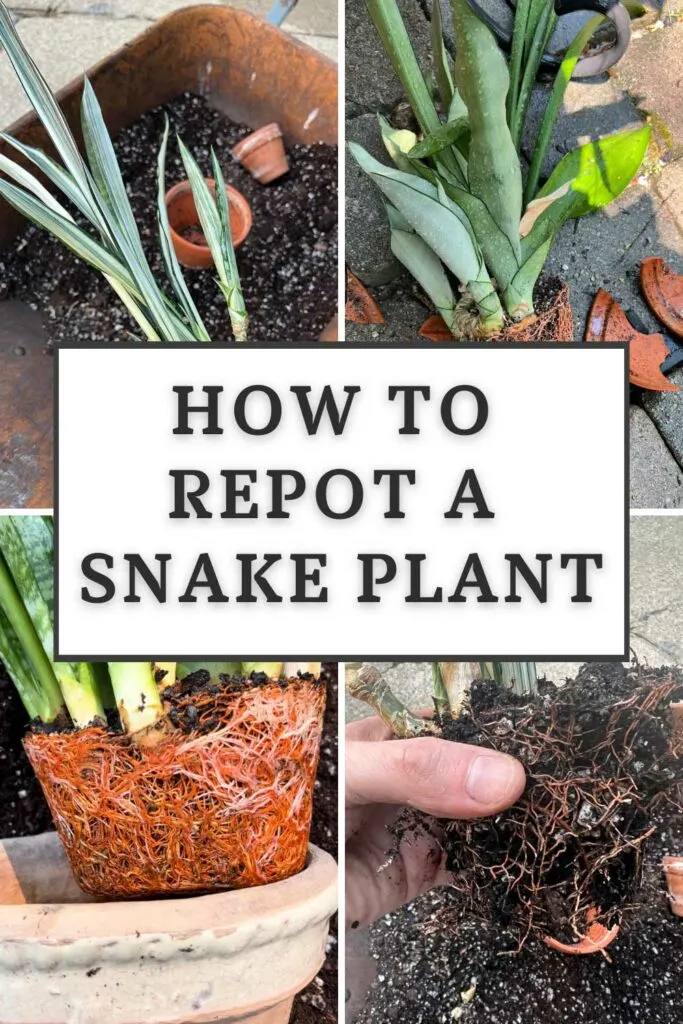
Snake plants, sometimes called mother-in-law’s tongue, belong to the Dracaena genus. They previously were classified in the Sansevieria genus.
Most of the plants available in the market are derived from the species Dracaena trifasciata (previously known as Sansevieria trifasciata).
Table of Contents
HOW DO YOU KNOW WHEN TO REPOT A SNAKE PLANT?
Snake plants can remain in the same pot for quite a few years, but eventually, you’ll need a new pot. So how do you know when it’s time?
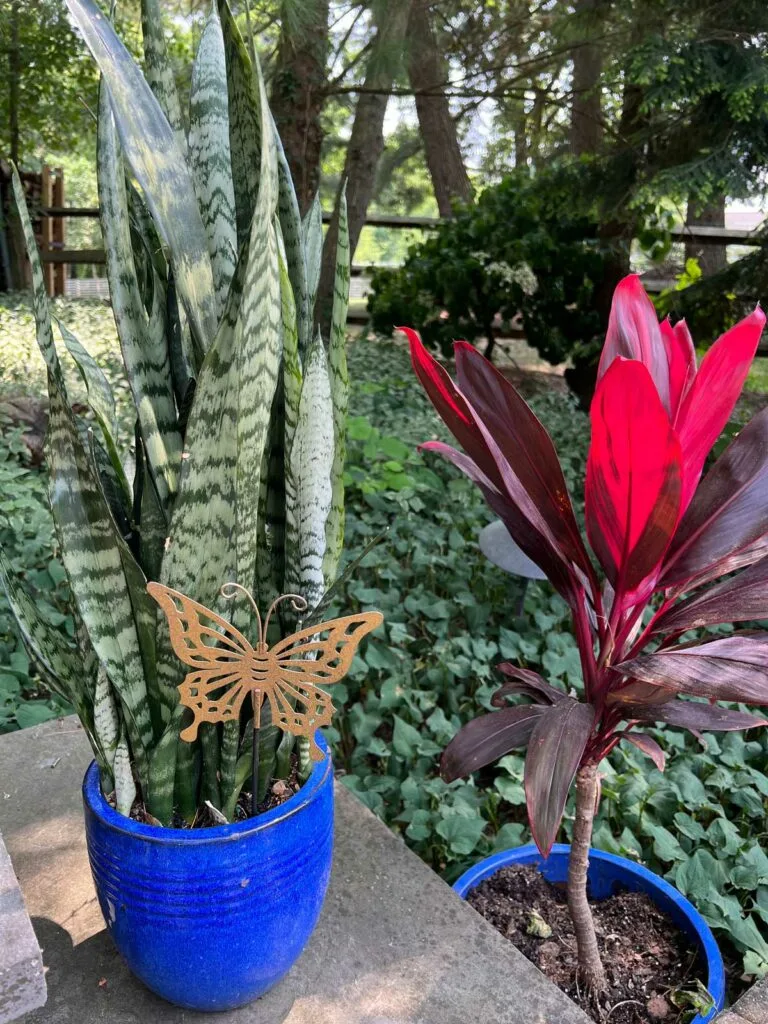
There are a number of things to look out for:
– If your plant is in a plastic pot, the pot will eventually start to bulge out. This is due to the rhizomes under the soil having nowhere to go. As they press up against the plastic pot, the pot will warp and bulge.
– If your plant is in a terra cotta pot or ceramic pot and it has been in there long enough, your snake plant can (surprisingly) crack and break the pot! This is due to all the pressure that the rhizomes under the soil are placing against the interior of the pot.
– The entire plant seems like it is lifting out of the pot. Again, this is due to rhizomes growing under the surface of the soil and pushing the plant entire plant up and heaving it out of the pot.
– The foliage has completely filled the entire pot and there is little to no visible soil to be seen.
– You see roots coming out of the drainage hole.
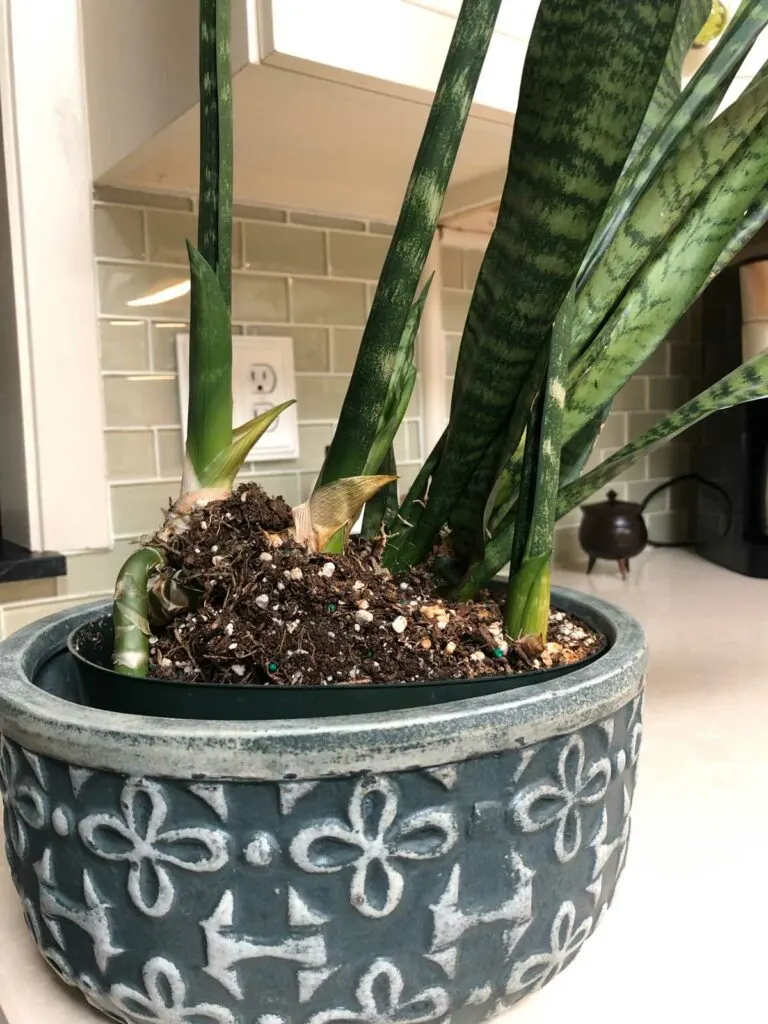
WHEN SHOULD YOU REPOT YOUR SNAKE PLANT?
While you can repot at any time of the year if you need to, the best time to repot around late winter or early spring when your plants are starting into growth again. Or even well into the growing season is fine too.
I would avoid repotting when days are starting to get shorter. The reason is because you want your plant to continue growing and settle into its new pot before days get shorter and growth slows or stops.
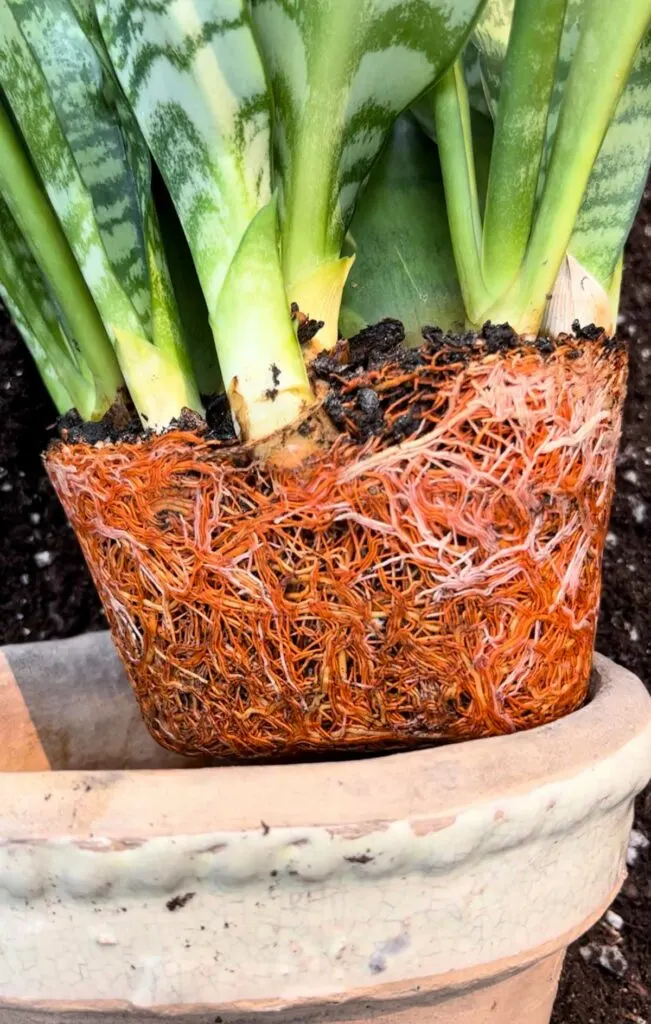
HOW TO REPOT A SNAKE PLANT
1. REMOVE YOUR PLANT FROM ITS POT
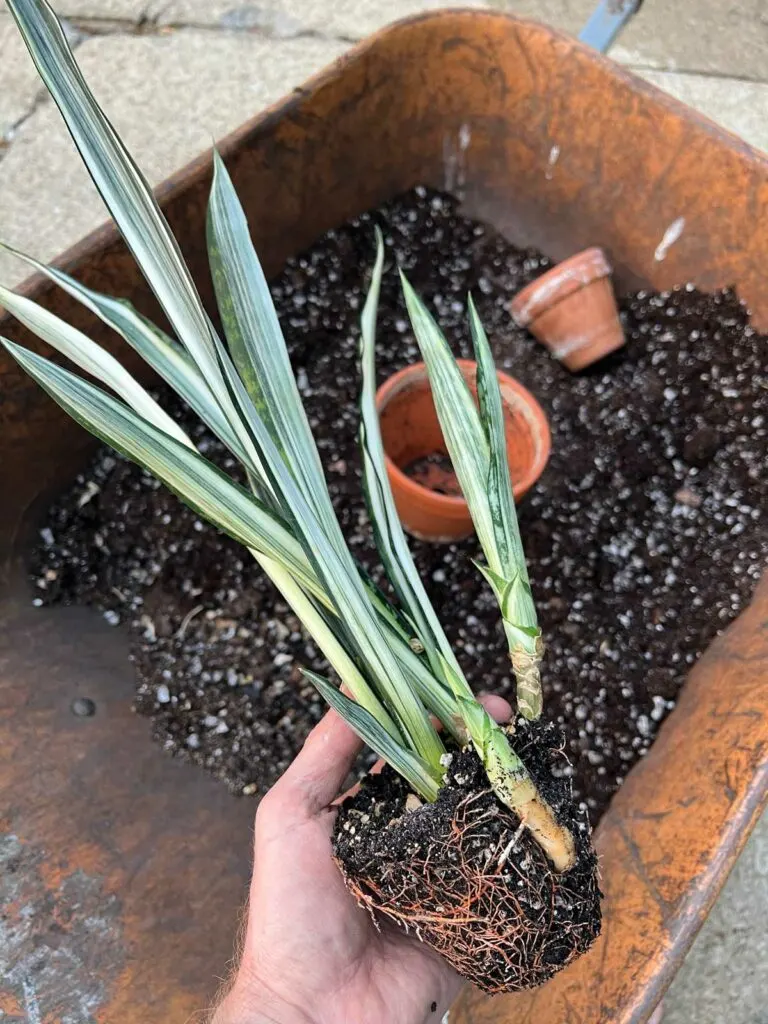
The first step is to remove your plant from its existing pot. And with snake plants, this can sometimes be challenging! Depending on the type of pot that it is growing in, taking the plant out can pose some challenges.
If you have a flexible pot, like a plastic nursery pot, I like to gently press the sides of the pot to loosen the root ball. Then I’ll tip the pot over and gently slide the plant out.
If you have a rigid pot like a clay pot or ceramic pot, I like to slide a knife around the inside perimeter of the pot to help loosen things up so I can take the plant out.
If your snake plant is super root bound, or maybe your pot is an odd shape which makes it awkward or difficult to take out, sometimes the easiest and best thing that you can do is to just use a hammer to break the pot off.
2. LOOSEN THE ROOT BALL
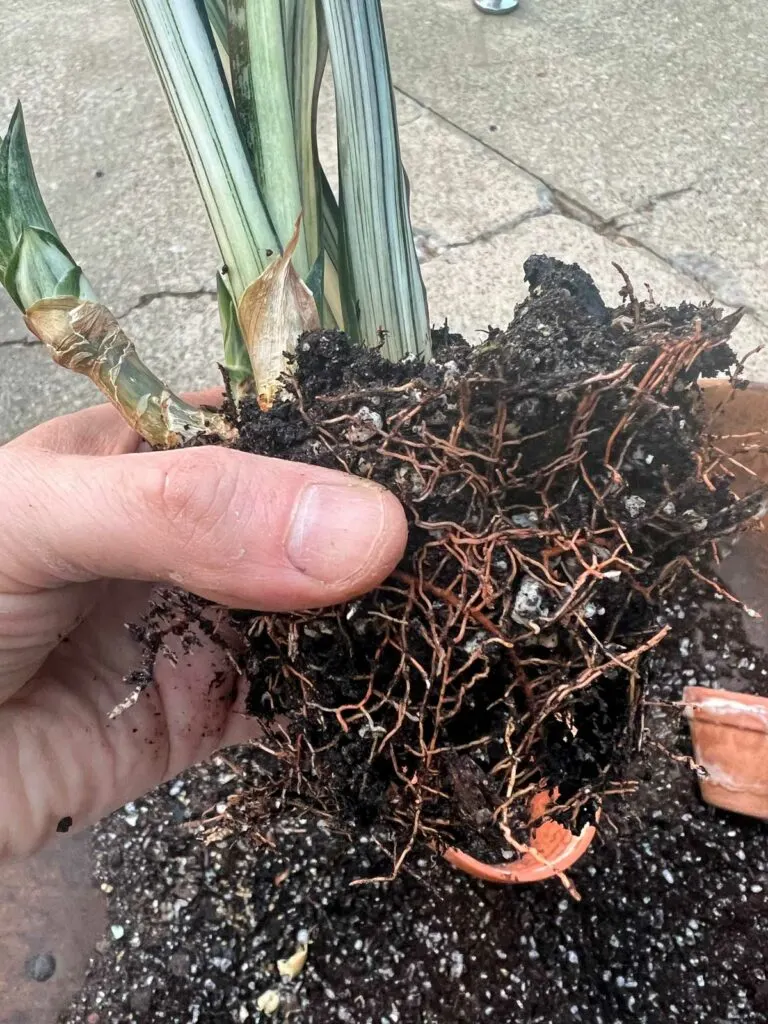
The next step is to loosen the root ball. If your plant is root bound (when you take it out of the pot, it comes out in one solid piece, soil and all), it will benefit your plant if you can tease some of the snake plant’s roots free.
Even if you break a few roots, it’s OK. Your plant is not going to die. Snake plants are very tough and resilient plants.
3. SELECT A NEW POT
There are a few important things to know when choosing a new pot for your plant. In general, when choosing a new pot for a root bound plant, your new pot should be one size bigger than the old pot.
For example, if you have a 6-inch diameter pot size, go up to an 8-inch diameter pot.
If you go much bigger, the excess volume of soil may take too long to dry out, leading to root rot. This is mainly an issue if you have poor growing conditions (namely, very low light).
Snake plants generally have shallower root systems, so you’ll want to avoid using a deep pot. Standard-sized pots, or ones that are shallow and wide, are great choices.
The rhizomes under the soil will spread horizontally so wider is better than deeper when it comes to pot selection.
Regardless what type of pot you select, a drainage hole is NOT optional. Always grow your snake plants in pots with drainage holes, otherwise the water will have nowhere to go and you will risk root rot.
As far as the material of the pot goes, terra cotta pots will dry out much faster than any other pot type. If you plan on growing your plant in a very warm and very sunny window, you may want to avoid terra cotta pots and opt for a nonporous pot to conserve moisture so you’re not having to water too frequently.
Don’t get me wrong, terra cotta pots are wonderful since they allow for plenty air to the roots of the snake plant, but you will be watering more frequently, especially if you have small pots.
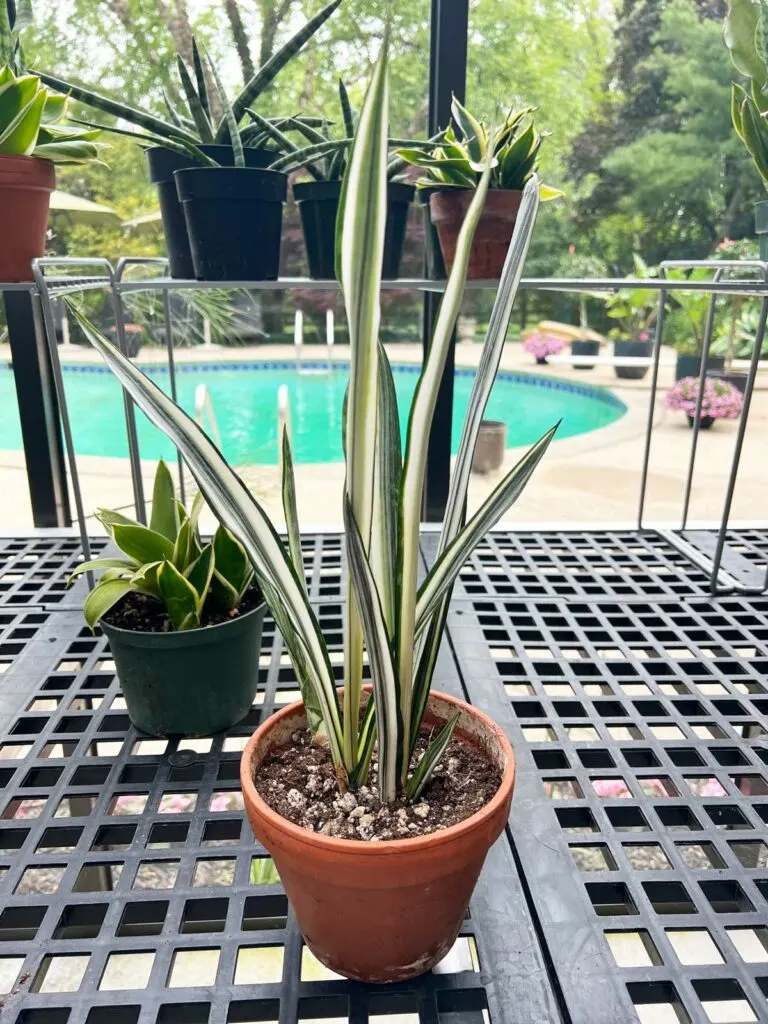
4. CHOOSE A GOOD POTTING SOIL MIX
The main requirement for your snake plant’s potting mix is that it should be a very well-draining soil mix. There are many mixes that you can use that will work well.
I wrote a blog post on the best soil mix for snake plants, so check that out because it contains valuable information that you won’t want to miss.
I highly recommend the potting mixes from Oh Happy Plants. They make specialized potting mixes for a variety of indoor plants. I’ve used many of them and my plants are absolutely thriving in them!
If you plan on growing your snake plants in a sunny location, use the Oh Happy Plants Tropical Succulent Soil Blend. If you plan on growing in lower light, use the Oh Happy Plants Desert Succulent Soil Blend.
I promise you that your plants will love the mixes! Upon checkout, if you use my link that I just provided, it will automatically apply a 10% discount. So be sure to use the link anytime you order. If the discount doesn’t apply, use code OHIOTROPICS.
Once you have selected your new grow pot, add some soil to the bottom of the pot, set your plant in (you should have loosened the root ball a bit), and continue to add more soil. Gently press down to remove any air pockets.
I also like to leave about a 1/2 inch or 1 inch from the top of the pot to where the soil level is. This allows for a water reservoir when you water so that you’re not making a mess and spilling soil all over the place.
5. WATER YOUR PLANT
Lastly, give your plant a good watering. Allow excess water to escape the drainage hole, and set your plant in its growing location.
How do you know when you need to water your snake plant again? First of all, avoid using moisture meters. Most of the commonly available, inexpensive moisture meters are very junky and unreliable.
I’ve known many people that have killed their plants because the meter read “moist” when in fact the soil was bone dry.
Simply use your finger to judge the soil moisture. Wait until at least the top inch or two of the soil has dried out before watering again. Your plant’s soil can even go completely dry, but don’t wait too long before watering.
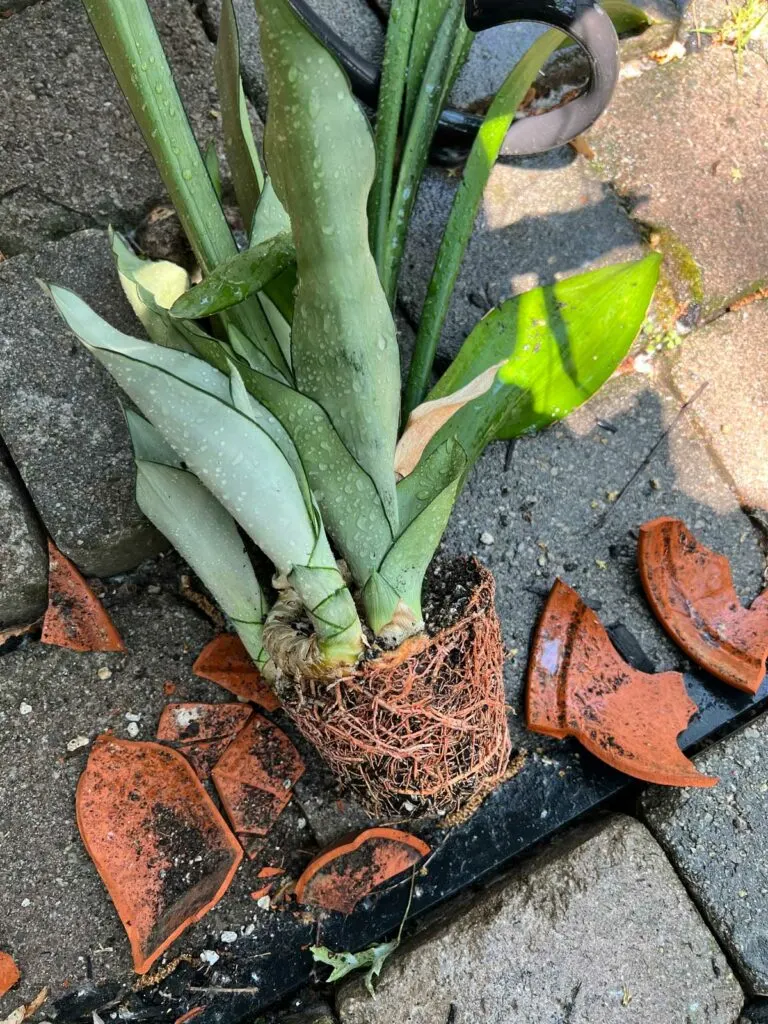
ADDITIONAL SNAKE PLANT CARE TIPS
Just because you have a wonderful potting mix, doesn’t automatically mean that your snake plant will thrive. You’ll also need to give your plants the appropriate light and proper watering in order for your plants to really do well and look their best.
LIGHT
The biggest misconception about snake plants is that they don’t need much light. You may be shocked to learn that snake plants thrive in very sunny windows indoors.
Even if you have your snake plants in low-light conditions indoors, it may look fine for a while, giving you a false impression that your plant is happy.
Snake plants will take a while to show the effects of low light. If you keep them in darker pots long enough, the leaves will become weak and floppy, and growth will be reduced.
These are tough plants, but poor growing conditions will eventually take a toll on your plants.
For best results, give your snake plants indirect light right in front of a window, but they will do better if they get a few hours of direct sun.
Remember that light intensity drops dramatically the further you get from a window, even if it’s 2 or 3 feet away. I emphasize this in my book, Houseplant Warrior: 7 Keys to Unlocking the Mystery of Houseplant Care (link to Amazon).
WATERING
So many people are worried about “overwatering” that they end up doing the opposite and dehydrating their plants. Yes, these are tough plants, but if you don’t water properly, you’ll be damaging your plant.
Always water thoroughly until the water escapes the pot’s drainage holes. Do not ever measure the amount of water or just add a little water. If you water shallowly, you will be encouraging a very shallow root system, and the roots that don’t get any water will dry up and die.
Healthy roots make for a healthy plant, and if your root system is not healthy, your plant will show it.
Avoid using moisture meters as most of the inexpensive ones are faulty. Simply use your finger.
A good general rule of thumb is to wait until at least the top 1-2 inches of the soil has dried out and then water. You can allow all of the potting mix to dry out completely but don’t wait too long to water again.
Lastly, many different types of potting mixes with work well, but if you have a good combination of a great potting mix, such as those from Oh Happy Plants, and are growing your snake plant in good light and have good watering practices (and good drainage holes) your plant will thank you!

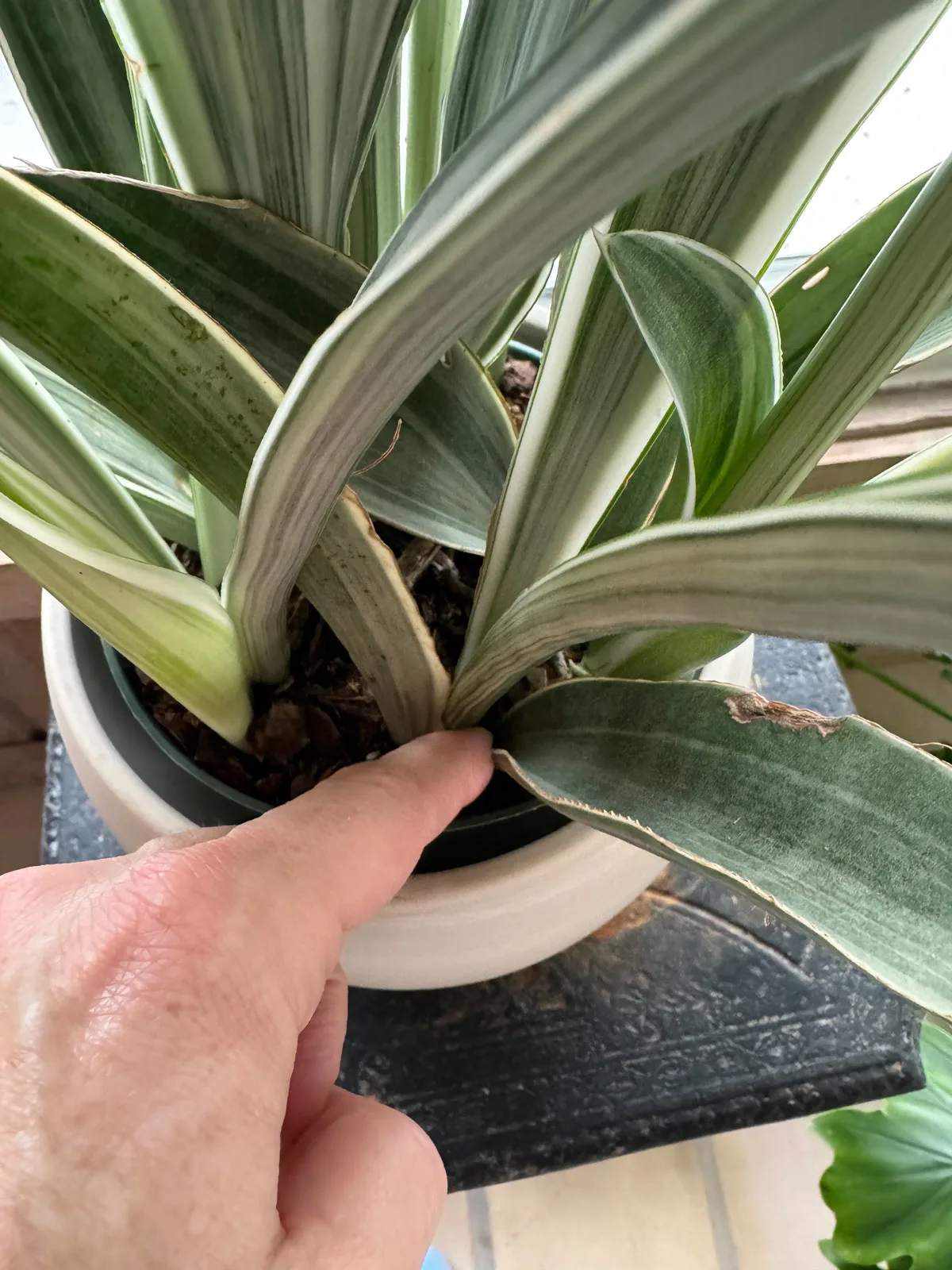
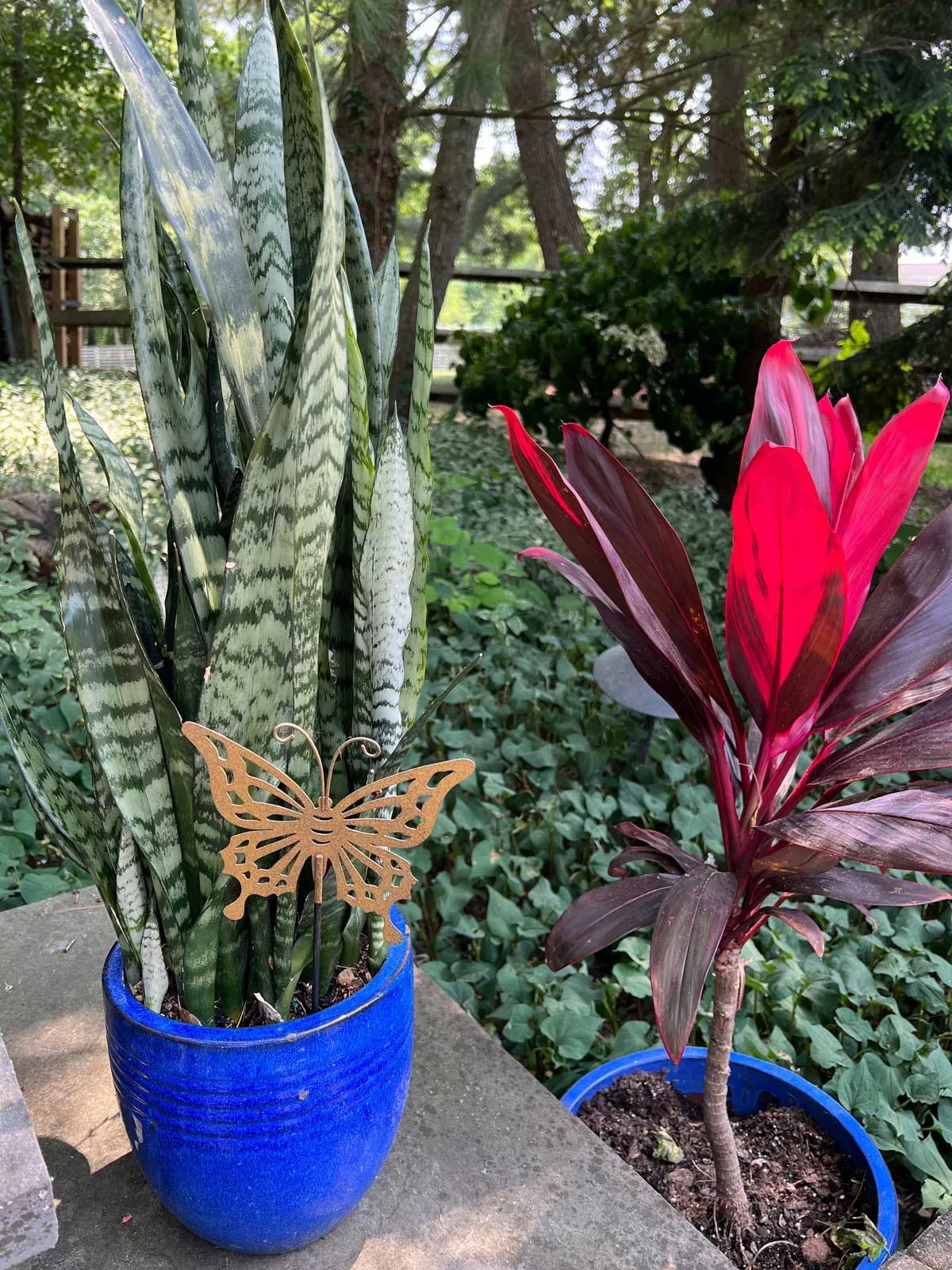
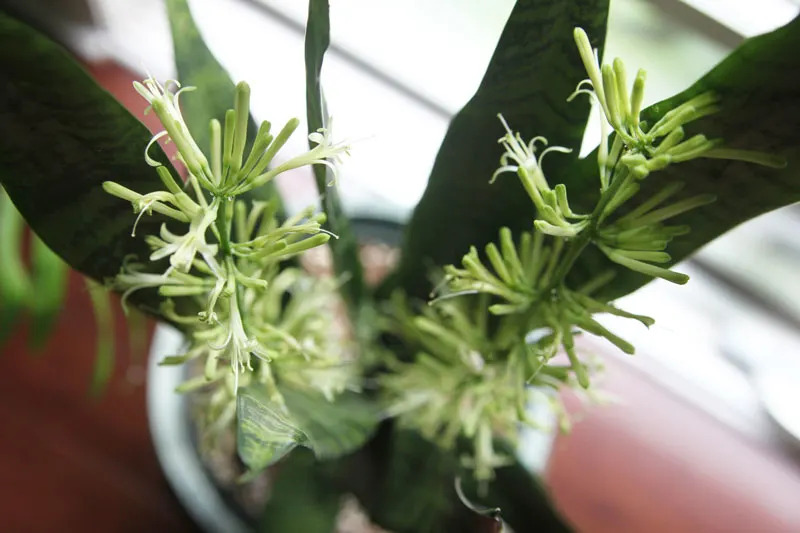
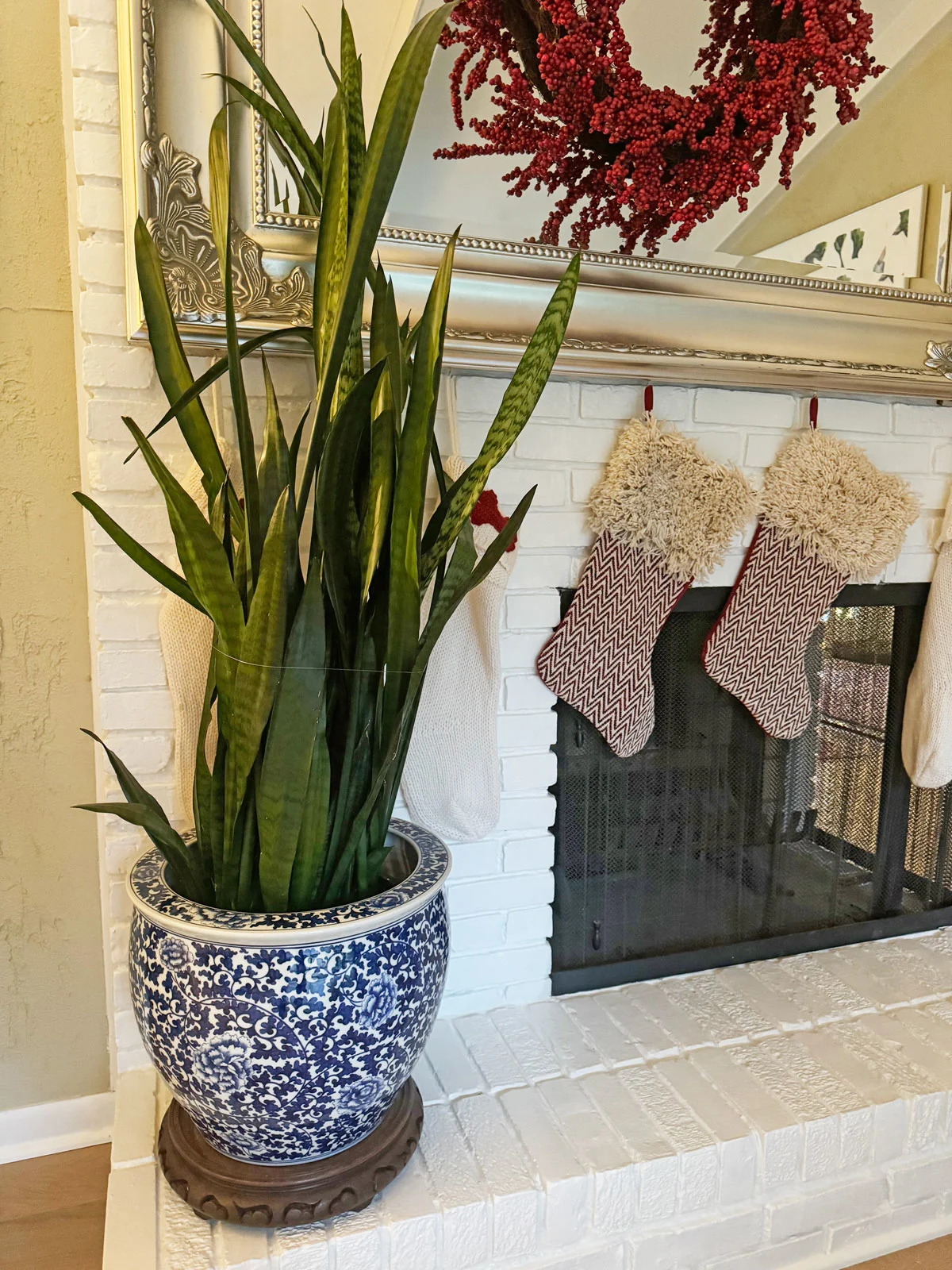
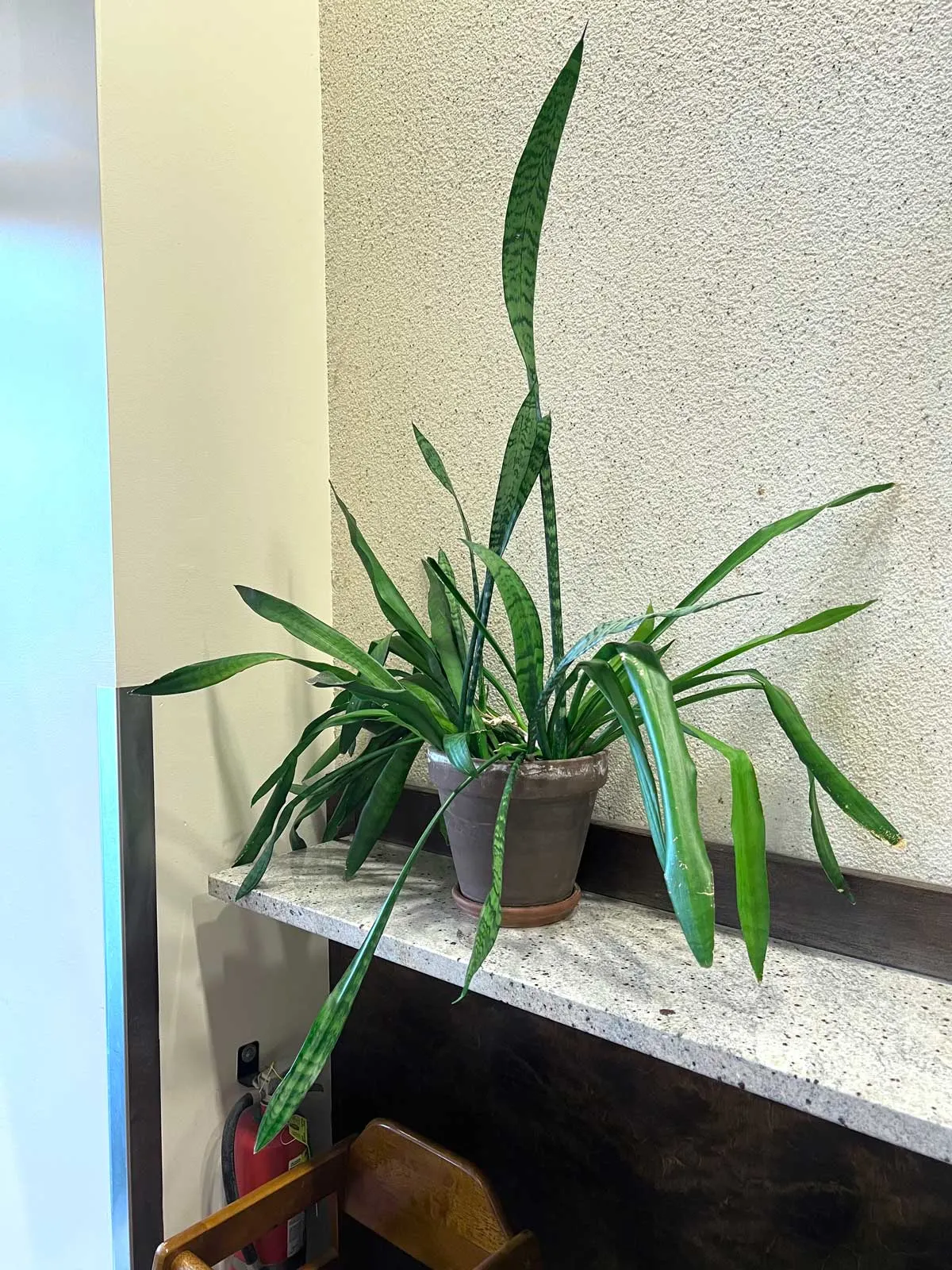
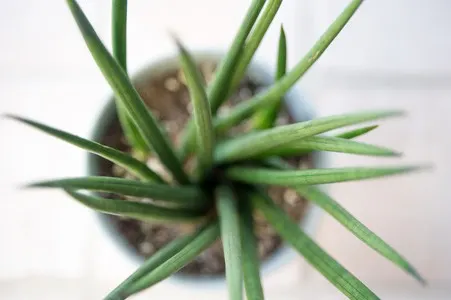
Karen Taylor
Saturday 30th of December 2023
I love the snake plant at the beginning of your post - tall thin white leaves with green veining. Which variety is this please?
Thank you in advance.
Raffaele
Sunday 31st of December 2023
Hi Karen! That variety is called Bantel's Sensation. It's one of my favorites too!
Diane Antonovitch
Saturday 17th of June 2023
Hi can i put 3 snake plants in one pot?
Raffaele
Monday 19th of June 2023
Yes of course! :-)